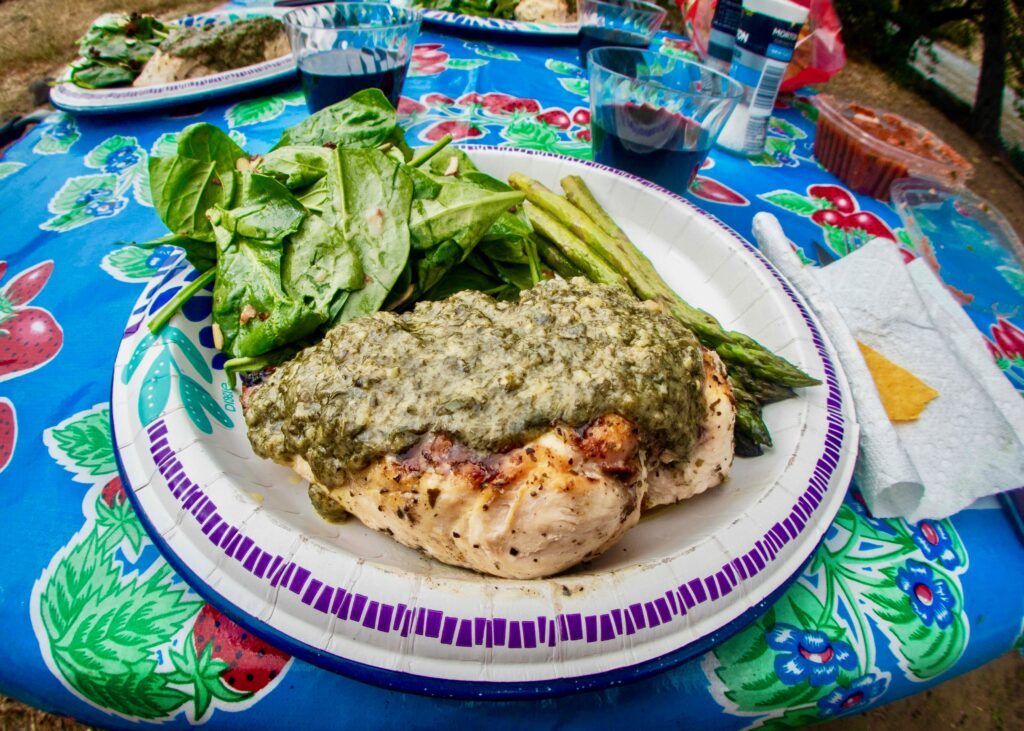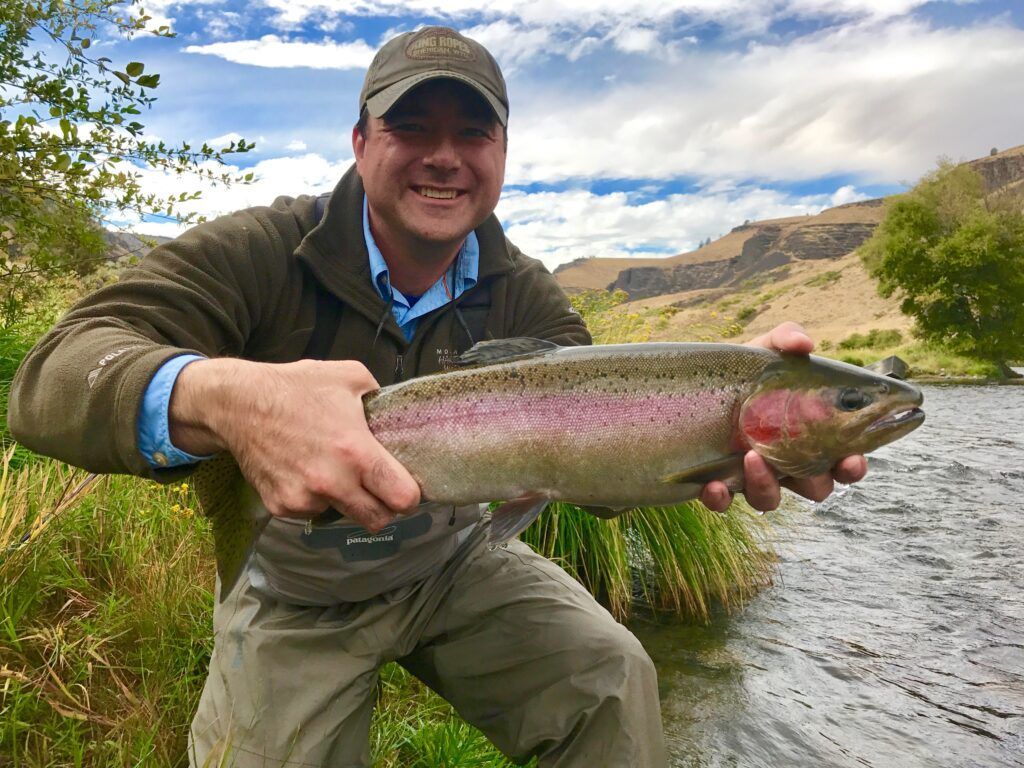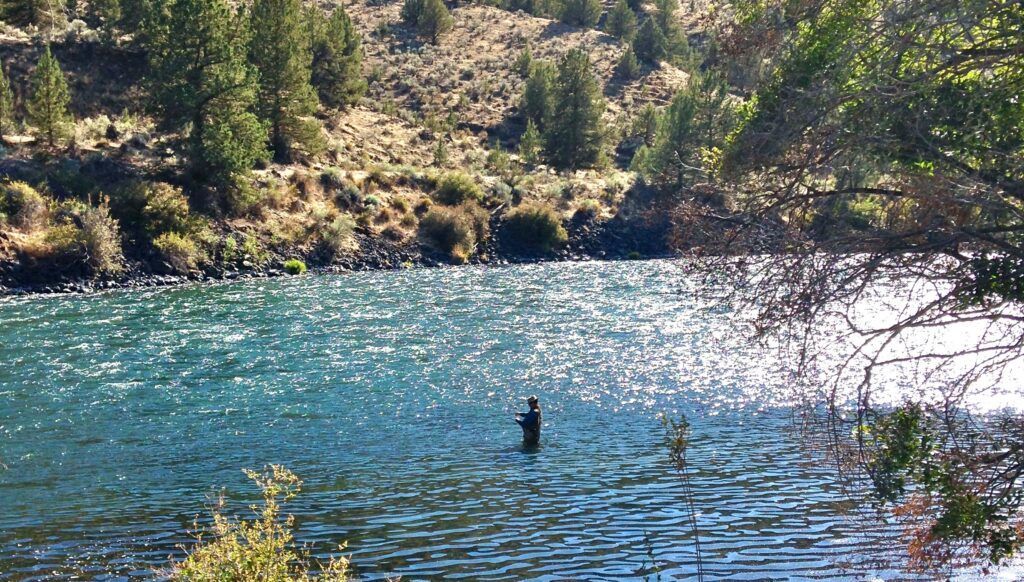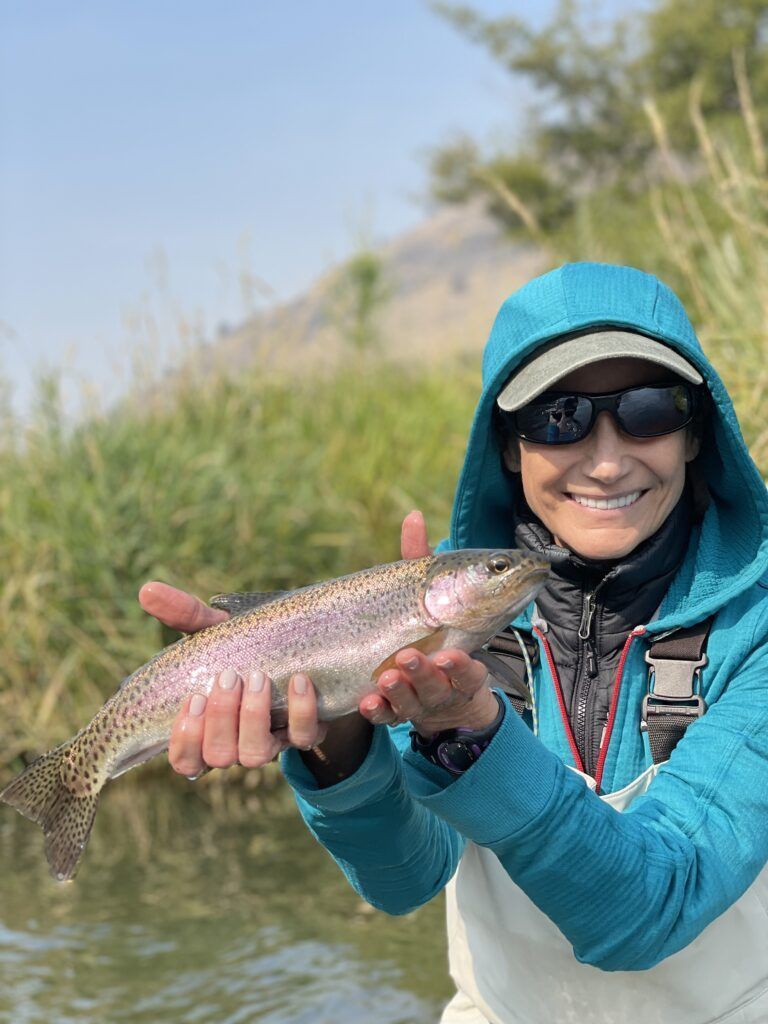Single-Day Fishing Trips

Single-Day Fly-Fishing Adventures
Lower Deschutes River
Immerse yourself in the breathtaking beauty of the Lower Deschutes River with Griff Marshall Outdoors signature single-day fishing trip package. This guided fly-fishing adventure offers an unparalleled experience on one of the most legendary fly-fishing destinations in the Pacific Northwest.
Step into our drift boat and let our expert guides navigate you through the scenic canyon, revealing the secrets of this iconic river. With over a decade of experience on these waters, we've honed our skills to provide you with the best possible chance of landing that trophy trout.
» Expert guidance from seasoned local anglers
» All necessary fishing equipment and flies
» Hands-on instruction tailored to your skill level


Our Pricing
Single-Day Fishing Trip Pricing
$600
1 or 2 people
OR
$650
3 people
What is Included: Guide with Boat, Shuttle, Delicious Lunch, non-alcoholic beverages, Flies, Rods and Reels
What is not Included: Fishing License, Tribal Permit (if necessary), Boater’s Pass (price varies), Waders and Boots, Client Vehicle Shuttle

Single-Day Trip
Frequently Asked Questions
How many people can go on a Lower Deschutes day trip?
The maximum per boat is three, with some exceptions, when we might recommend two. We can take multiple boats out for larger parties. A day on the Lower Deschutes with a large group can be tons of fun. Contact us at 541-480-4280 to learn more about group outings
What is the schedule for a normal day on the Lower Deschutes?
Typically, we will meet at the Madras Safeway parking lot, about an hour north of Bend, at seven in the morning. Your guide will be ready to go, but if you need to run in and grab something, there’s always time for that. From there, you’ll ride with your guide to the boat ramp fifteen minutes away. We will be on the river by eight, off by four, and you’re back at your car a little before five.
What is included on a Lower Deschutes Day Trip?
Rod and reel flies, are included in the price. If you need waders and boots, we can arrange rentals. We will prepare and serve lunch along the river. Lunch will be your choice of grilled chicken, brats, burgers or a deli-style sandwich, served with sides and a desert. The cooler will be full of Gatorade and water. If you have any dietary restrictions or food allergies, we will accommodate you and your party.
What isn’t included on Lower Deschutes River Day Trip?
You will be responsible for purchasing an Oregon Fishing License and Warm Springs Tribal Permit for the trip. Our Boater’s Pass must also be purchased by the “Group Leader”. Once your trip is booked, we will send a Confirmation Letter detailing how to purchase both of those things. Additionally, we do not provide any alcoholic beverages, although you are more than welcome to bring your own! Many clients bring their favorite snack bar or trail mix. And let’s not forget a generous gratuity for the guides!
What should I bring for a day on the Lower Deschutes?
We recommend quality polarized sunglasses, good sunscreen and lip balm. If you’re into photography, bring your favorite camera, as long as you have some kind of waterproof case or pack. You’ll be glad you did when you see the spectacular scenery. As mentioned above, we do not supply any alcoholic beverages. But you are welcome to bring a beer or whatever your preference is. Based on our experience, if you enjoy beer on a river trip, bring more than you think you’ll need!
What should I wear for a Guided Trip on the Lower Deschutes?
Dressing properly is a vital part of a good day on the water. In the spring and fall that can mean anything from a heavy base layers, sweaters and a knit hat, to board shorts and a hooded sun shirt. During the summer, we are usually in lightweight, UV protectant shirts and a large-brimmed hat. Often during the summer months we wet-wade down there, so a pair of neoprene socks or extra pair of thick wool socks will make your boots fit without waders on.
What species of fish can we expect to catch on the Lower Deschutes?
Our predominant, season-long quarry down there is the native Redband rainbow trout. They are an extraordinary fish that have been in the Lower Deschutes as long as there’s been a Lower Deschutes. Consistent with all native river trout, the Redbands don’t over-populate, nor do they grow huge. They do, however live in perfect harmony with their surroundings, growing strong, tenacious, astonishingly beautiful and as wily as any trout you’ll meet. To cradle one is to touch Nature’s finest creation. Your encounter with a Lower Deschutes Redband rainbow trout will make you glad you decided to trout fish with a fly rod. The river is also home to native whitefish, federally endangered and exceptionally rare bull trout, beautiful butter-belly suckers, summer-run steelhead, Coho and Chinook Salmon. From late-summer until November we start looking for steelhead. As with most rivers, they are the mysterious ghosts of the Lower Deschutes. Whether we specifically target steelhead is up to you. Truth is, often times we hook them when fishing for trout.
If you have questions about a Guided Day Trip fly fishing on the Lower Deschutes River in Central Oregon, please call 541-480-4280 or email us griff@griffmarshalloutdoors.com
DEPOSIT AND REFUND POLICIES
We require a 50% deposit to secure dates, refundable if cancellation is received no less than ninety (90) days prior to trip date. Only Griff Marshall Outdoors can cancel a trip due to weather and/or fishing conditions. Griff Marshall Outdoors reserves the right to cancel any trip in the event of unsafe conditions or circumstances beyond our control. If we cancel, your deposit will be refunded or applied to a future trip date that is mutually acceptable.








